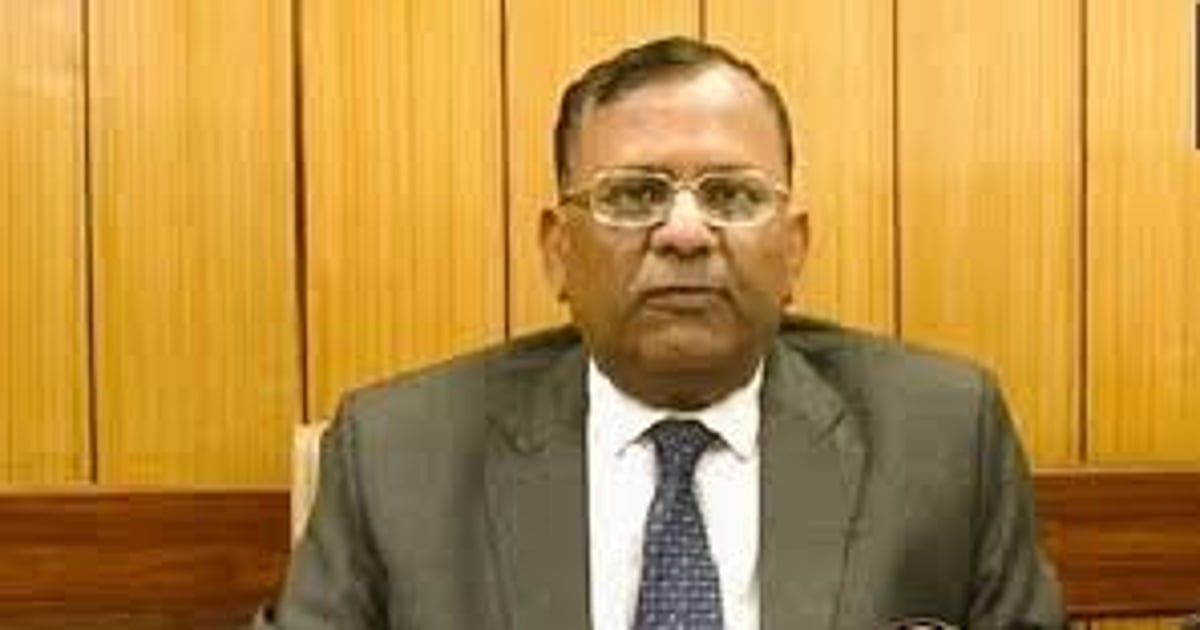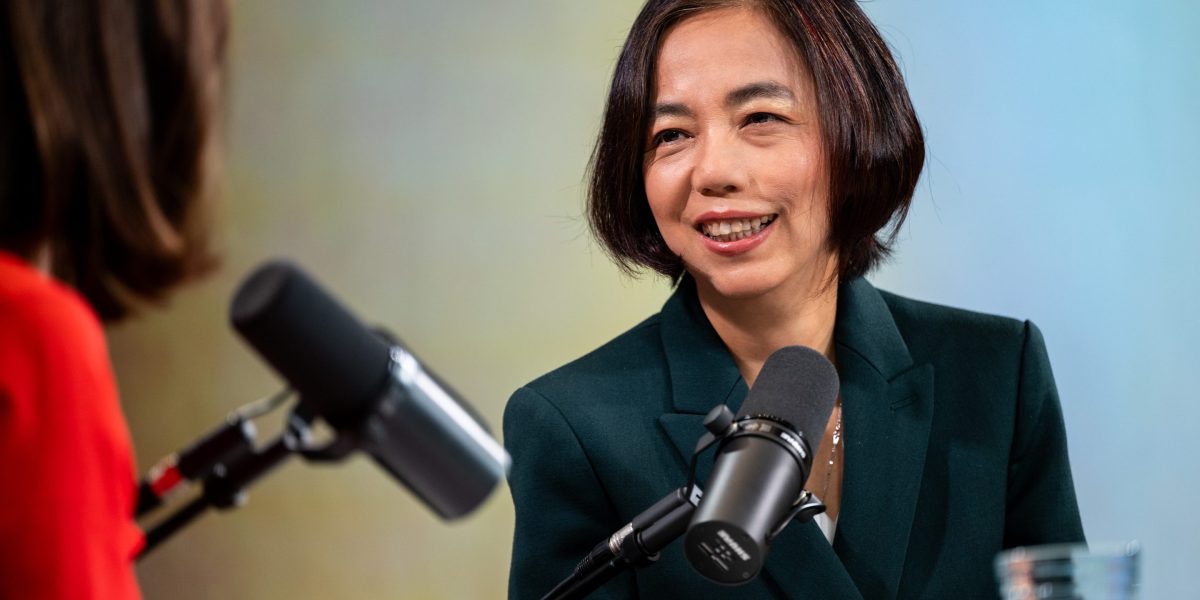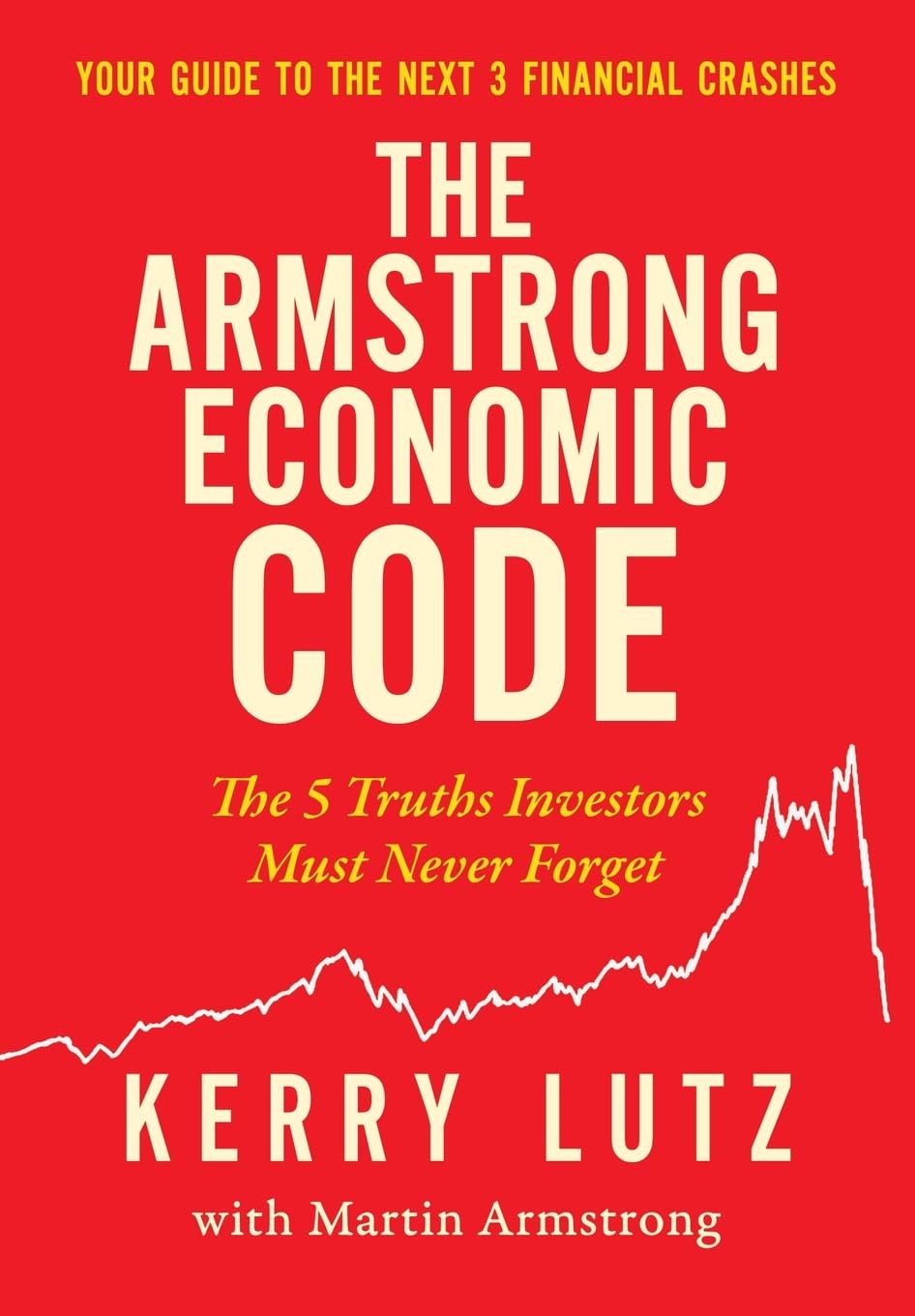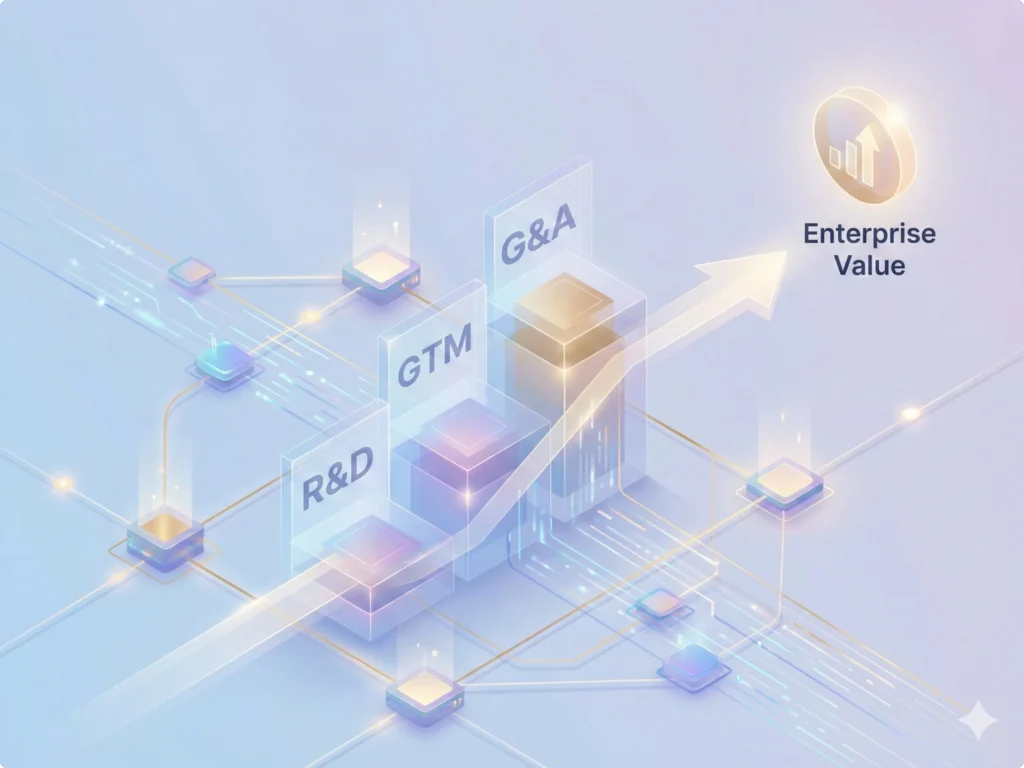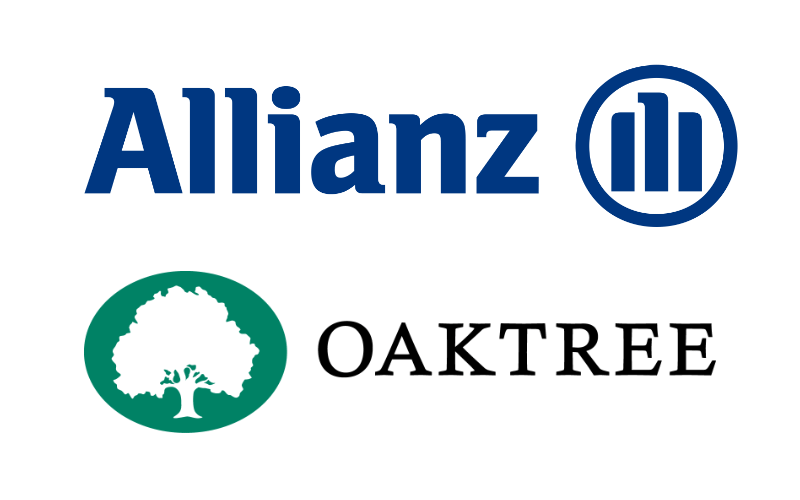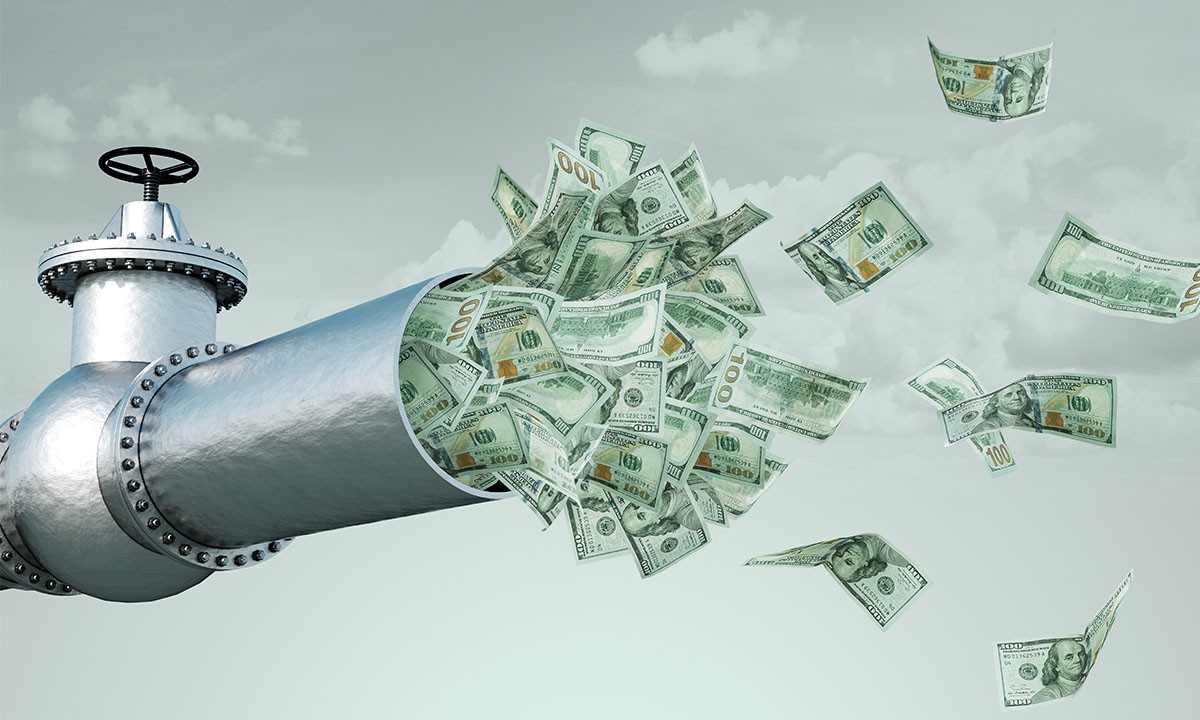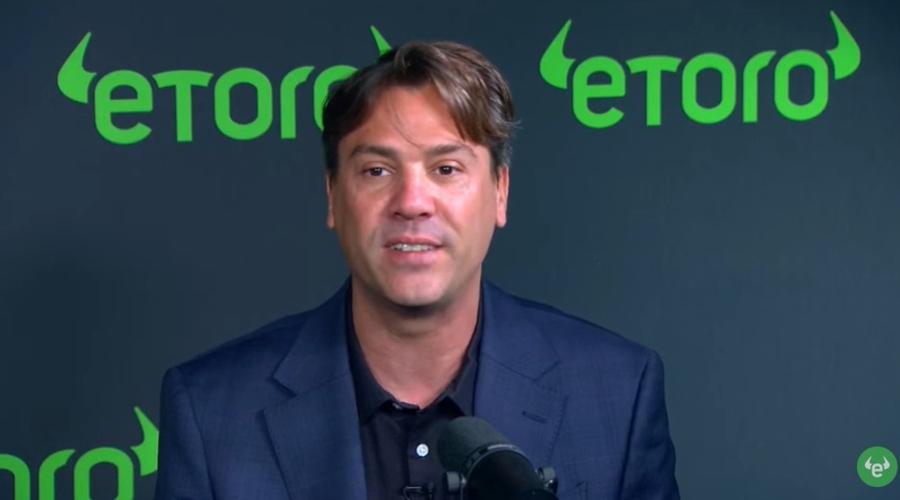The Reserve Bank raised the benchmark policy repo rate, the rate at which it lends to banks by 50 basis points ( one basis point is 0.01 percent) to 5.4 percent in its September 30 policy statement as consumer inflation has been consistently above the upper band of the mandated target of 2-6 per cent even as growth concerns remain.
Members have called for treading cautiously on future rate hikes in t future rate actions even as the minutes were worked on before the September inflation print which was higher than expected at 7.4 percent ” We are not yet at the terminal rate” said external member Ashima Goyal emeritus professor, Indira Gandhi Institute of Development Research . ” A firm monetary policy reaction to inflation exceeding tolerance bands helps anchor expectations. But should the rise be taken upfront or staggered over time? if lagged effects of monetary policy are large, as in India, overreaction can be very costly.”
Goyal highlighted the fact that it takes time for harmful effects of a rate action to become clear and are difficult to reverse. “Gradual data-based action reduces the probability of over-reaction” Goyal said. Taking Indian repo rates too high imposed heavy costs in 2011, 2014 and 2018 when a credit and investment slowdown was aggravated and sustained. “It is necessary to go very carefully now that forward-looking real interest rates are positive,” she said.
If the terminal Fed rate is 5%, will it require us to raise ours to 8%? The carry trade is not a stable source of financing. India has earned enough independence to protect itself from policy errors of other nations, according to Goyal.
External member Jayant Varma, professor at the Indian Institute of Management, Ahmedabad batted for even steeper policy rate hike to 6 percent and then a pause as monetary policy acts with lags of 3-4 quarters and the peak effect may take as long as 5-6 quarters.
Even at six percent, which is a cumulative increase of around two percentage points in just four months. understates the extent of monetary tightening, according to Varma. This is because, a few months ago, money market rates were close to the reverse repo rate – 65 basis points below the repo rate.
“Taking this into account, the full magnitude of monetary tightening would be well over 250 basis points” Varma said. ” It may well turn out that even more monetary tightening is required, but it does make sense to wait and watch to see whether a repo rate of around 6 percent is sufficient to glide inflation back to target” adding that tightening without a reality check could run the risk of overshooting the repo rate needed to achieve price stability.
The professional central bankers in the MPC caution about the second order effects if the shocks persist or recur. These transitory effects have become unyielding and tightly range bound around the upper tolerance band of the inflation target. “The RBI’s forward looking surveys suggest that selling prices in manufacturing and services may rise further as pass-through from input cost pressures remains incomplete.” said deputy governor Michael Patra. ” Taken together with a closing output gap, rising capacity utilisation in manufacturing, surging demand for services and the pick-up in spending as the festival season nears, monetary policy must move to red alert”.
The focus should be on being time consistent in aligning inflation with the target. ” The need of the hour is calibrated monetary policy action, with a clear understanding that it is required for sustaining our medium-term growth prospects” said governor Shaktikanta Das. “The financial and external sectors also continue to be under the Reserve Bank’s close watch.
Despite the recent empirical evidence supporting the perceived wisdom that real neutral rates declined both globally as well as in India, we need to keep in mind the level of inflation and surplus liquidity conditions prevailing at this juncture, according to RBI executive director Rajiv Ranjan.







